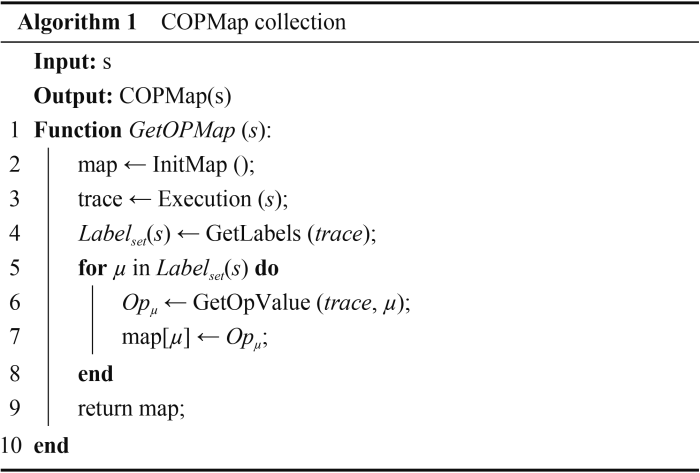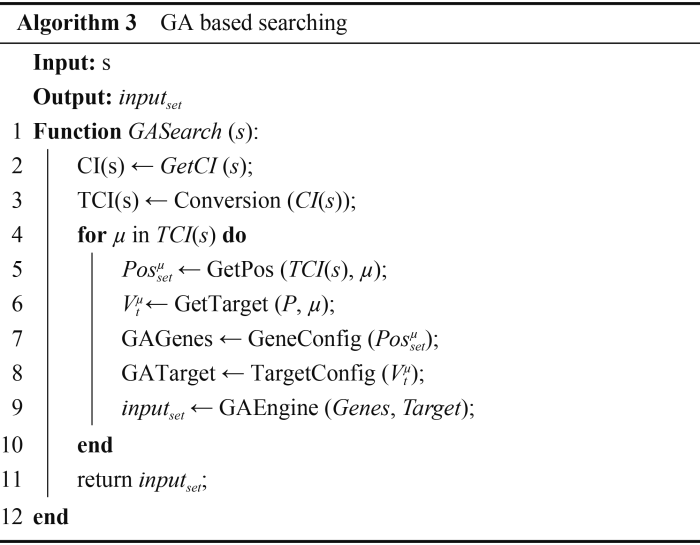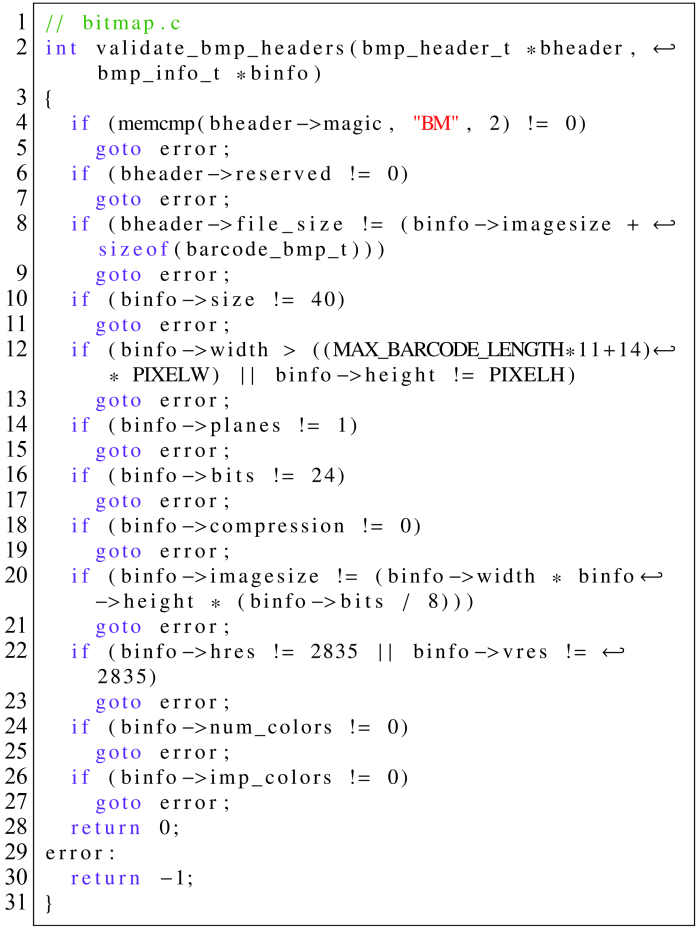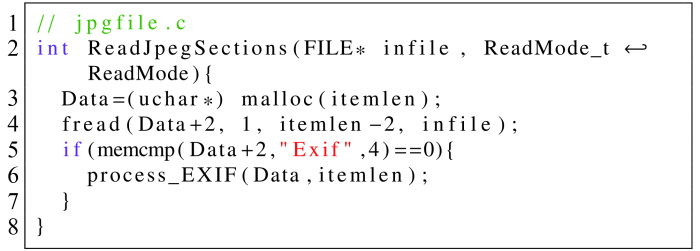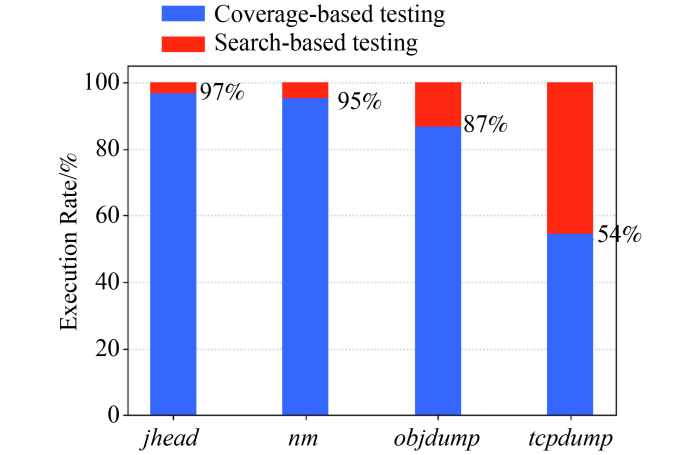Vuzzer [
12] proposed an application-aware evolutionary fuzzing strategy that does not require any prior knowledge of the application or input format. Instead, it leverages control and data flow features based on static and dynamic analysis to infer the critical bytes of comparison instructions to maximize coverage and explore deeper paths. However, even though the critical bytes are located, their mutation strategies are still based on random mutations. To relieve the overhead introduced by taint analysis of Vuzzer, Steelix [
15] presented a program-state based fuzzing method. It leverages light-weight static analysis and binary instrumentation to provide coverage information and comparison progress information to help fuzzer to locate the magic bytes. However, its muation methods still belong to random strategies. Angora [
14] leverages the similar searching based muation method (i.e., gradient descent) to our GA method, which can improve the quality of generated testcase. However, as demonstrated in [
28], Angora uses the expensive taint tracking step only sparsely to overcome hard-to-solve conditions bringing more overhead. What’s worse, one has to make a compromise between precision and usability. This is because, to successfully build a target program with Angora’s compiler, one has to ignore the taint propagation in many libraries [
14]. Similar to our method, redqueen [
28] implements a light weight “taint analysis” to locate the bytes related to magic bytes or checksums. For magic bytes cases, redqueen employs several specific mutation strategies to overcome them. For checksum cases, it uses the “patch-solve” method to overcome them, which introduces the high-weight symbolic execution. However, our method uses light-weight searching method to solve the constraints which is considered to be more scalable.






